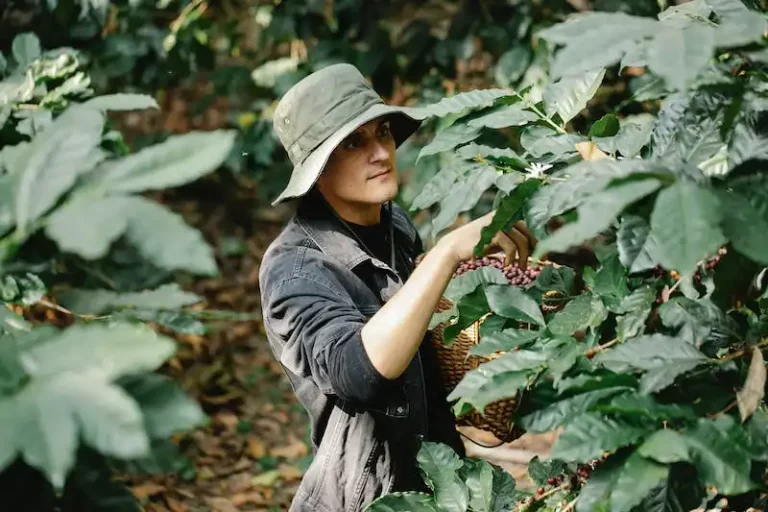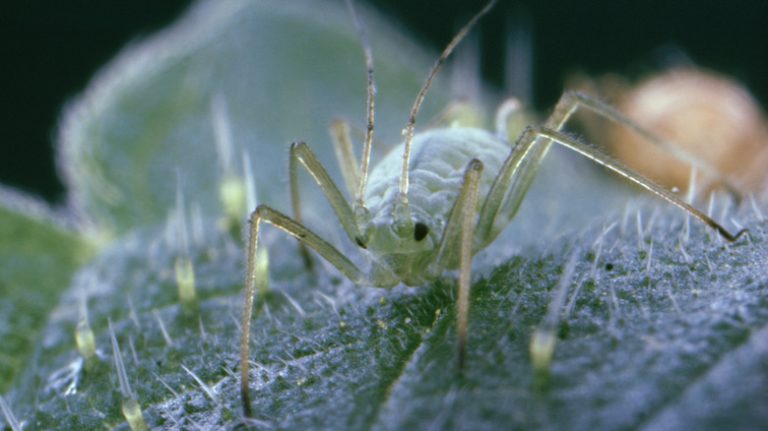Columbine flowers, also known as aquilegia, are a beautiful addition to any garden. With their unique shape, vibrant colors, and delicate foliage, they can add a touch of elegance to both flower beds and gardens. Columbines come in a variety of colors, including purple, blue, white, and a mixture of all three. They can grow up to 2 feet in height, making them a perfect choice for both small and large gardens.
One of the most attractive features of columbines is their ability to attract pollinators. Their sweet nectar and bright blooms make them a favorite among bees and butterflies. When planting columbines, it is important to choose a sunny or partially shaded area with well-drained soil. They can tolerate a wide range of soil types, although they prefer a regular watering schedule.
Columbines are perennial flowers, which means they will come back year after year. They can tolerate frost and are known to bloom early in the spring, making them one of the first flowers to emerge after winter. If you live in an area with harsh winters, you can protect your columbines by applying a layer of mulch around the plants.
There are several columbine series available, including the popular “McKana’s Giants” series. These flowers have large, showy blooms in a wide range of colors, including purplish-blue, yellow, and white. Columbine seeds can also be grown from a mixture of colors, allowing you to create a beautiful and unique combination of blooms in your garden.
Care for columbines is relatively easy. They require regular watering, especially during dry periods, and benefit from a light application of fertilizer in early spring. Thin out the plants as they grow to ensure good air circulation and prevent overcrowding. Deadhead the flowers to encourage new blooms and remove any discolored or damaged foliage to keep the plants looking their best.
Whether you are a beginner gardener or an experienced green thumb, columbines are a great choice for adding color and beauty to your garden. Their unique shape, vibrant colors, and delicate foliage make them a standout plant that is sure to impress. So why not give columbines a try? With their easy care and stunning blooms, they are sure to become a favorite in any garden.
Purple Columbine
The Purple Columbine, also known as Aquilegia vulgaris, is a beautiful perennial plant that can be grown in gardens, woodland areas, and even containers. These stunning flowers are a favorite among gardeners due to their unique purplish blooms and attractive foliage.
When planting Purple Columbines, it’s important to know a few tips for successful growth. They can be grown from seeds or purchased as young plants. If starting from seeds, it’s best to sow them in a mixture of moist soil and perlite in early spring.
Columbines require well-draining soil and will thrive in a mixture of sand, clay, and loam. They need regular watering, although they are quite drought-tolerant once established. It’s important to water them deeply and provide plenty of light. They can tolerate both full sun and partial shade, but they tend to perform best in partial shade.
Purple Columbines can reach a height of about 20 inches and produce large flowers that bloom from late spring to early summer. After the flowers fade, the plant will produce seed pods that can be collected and spread in other areas of the garden to attract more of these beautiful flowers.
In terms of care, Purple Columbines are relatively low-maintenance. They are hardy perennials that can withstand frost and cold temperatures. However, it’s important to provide some winter protection, especially in colder regions. You can mulch around the base of the plant to protect the roots from freezing.
In addition to their beautiful blooms, Purple Columbines also attract butterflies and hummingbirds to the garden. Their nectar-rich flowers are a favorite among these pollinators, making them a great addition to any wildlife garden.
To summarize, if you want to grow Purple Columbines, make sure to provide them with a well-draining soil, regular watering, and plenty of light. Also, consider planting them in a mixture of sand, clay, and loam for optimal growth. With the right care, these stunning flowers will add a splash of purple to your garden and attract various pollinators.
Columbine Flowers How To Grow Columbines
Columbines are beautiful perennial flowers that can add a touch of elegance to any garden. With their unique and delicate flower shape, they are sure to attract attention. Here are some tips on how to grow columbines:
Planting: Columbine seeds can be planted in early spring or fall. They prefer a mixture of light and regular soils, and can thrive in both sun and shade. Make sure to plant them in an area with good drainage, as they do not like to sit in wet soil.
Germination: Columbine seeds are notorious for their slow germination. It can take anywhere from 15 to 20 days for them to emerge, so be patient. To speed up the process, you can stratify the seeds by placing them in a damp paper towel in the refrigerator for a week before planting.
Care: Once your columbines have emerged, thin them out to give each plant enough space to grow. Although they are frost-tolerant, it’s best to protect young plants from heavy frosts. Once established, they are fairly low-maintenance and only need regular watering during dry periods.
Height and Foliage: Columbines can grow anywhere from 1 to 3 feet tall, depending on the variety. Their foliage is attractive even when they are not blooming, with delicate, lacy leaves that add texture to the garden.
Flowers: The flowers of columbines come in a wide variety of colors, including shades of blue, purple, pink, and white. The most popular varieties include Aquilegia vulgaris, McKana’s Giant, and Earlybird series. They also have a unique spurs and petals that resemble a bird in flight.
Combination planting: Columbines are great companions for other plants in the garden. They can be grown alongside other perennials and annuals to create a beautiful display of colors and textures. They also look stunning when planted in mass or in woodland areas.
Attracting wildlife: Columbines are known for attracting hummingbirds and butterflies to the garden. Their nectar-rich flowers provide a food source for these pollinators, making your garden a haven for wildlife.
Tips: When planting columbines, make sure to space them about 12 to 18 inches apart to allow for proper air circulation. Deadhead the flowers regularly to prolong blooming and prevent self-seeding. In colder areas, provide a layer of mulch to protect the plants during winter.
Columbines are a beautiful addition to any garden, adding color, height, and elegance. With their unique flower shape and attractive foliage, they are sure to be a standout in your garden. So why not give them a try?
How to Grow Columbines
Columbines, also known as Aquilegia, are beautiful flowers that can add a touch of elegance to any garden. They are easy to grow and come in a variety of colors, including blue, purple, and pink. Columbines are perennial plants, which means they will come back year after year. Here are some tips on how to grow columbines:
Light:
Columbines prefer partial shade, although they can tolerate full sun in cooler areas. When planting columbines, choose a location that receives morning sun and afternoon shade for the best results.
Soil:
Columbines thrive in well-draining soil that is rich in organic matter. They prefer a soil pH between 6 and 7. If your soil is heavy clay or sandy, amend it with compost or peat moss to improve drainage and fertility.
Planting:
Columbines can be grown from seeds or transplants. If planting seeds, sow them in early spring or fall. Keep the soil moist until germination occurs, which usually takes about 20 days. If planting transplants, space them about 1-2 feet apart to allow for their growth.
Watering:
Columbines require regular watering, especially during dry periods. Keep the soil evenly moist, but not waterlogged. Water at the base of the plant to prevent wet foliage, which can lead to fungal diseases.
Care:
Columbines are relatively low-maintenance plants. Deadhead the flowers after they fade to encourage more blooming. In the winter, mulch around the base of the plant to protect it from frost and cold temperatures.
Attract Pollinators:
Columbines are known to attract butterflies, bees, and hummingbirds with their nectar-rich flowers. Planting columbines in your garden can help support these important pollinators.
Thin Out:
If your columbines start to overcrowd, thin them out by removing some of the plants. This will allow more space for the remaining plants to grow and bloom.
Popular Varieties:
Some popular columbine series include the McKana’s Giants series, which features large flowers in a wide range of colors, and the Earlybird series, which blooms early in the season. The Aquilegia vulgaris is one of the most common species of columbine, with purplish-blue flowers.
Share and Enjoy:
Columbines make wonderful cut flowers, so don’t hesitate to bring them indoors to enjoy their beauty. Share them with friends and family, or use them to create stunning floral arrangements.
By following these care tips and guidelines, you can successfully grow columbines in your garden. Enjoy their delicate flowers and attractive foliage year after year!

